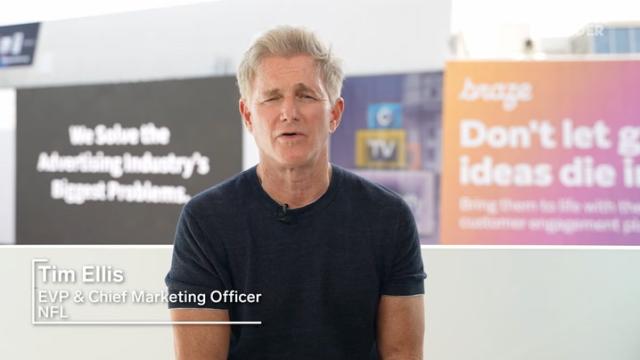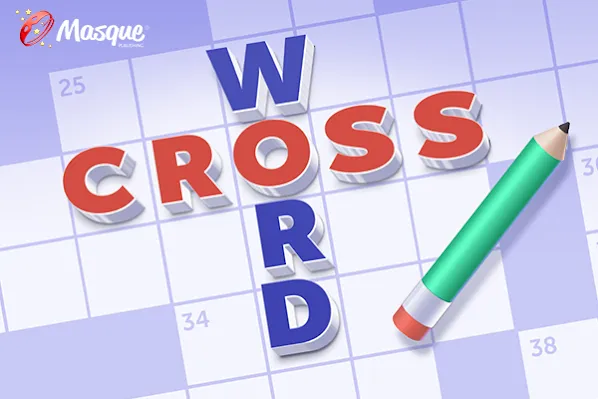Taylor Swift's fans-first business strategy all goes back to a childhood interaction with LeAnn Rimes

In Rob Sheffield's new book about Taylor Swift, he recounts a story about her meeting LeAnn Rimes.
When Swift was 8, she went to a concert where Rimes recognized her from the fan mail she'd sent.
Their interaction shaped Swift's approach to pop stardom: cultivating an intimate bond with fans.
Throughout her career, Taylor Swift has credited many fellow musicians as vital influences, from Joni Mitchell and Stevie Nicks to Kenny Chesney and, of course, Tim McGraw. But perched quietly atop that star-studded list is LeAnn Rimes.
In "Heartbreak Is the National Anthem: How Taylor Swift Reinvented Pop Music," the new book from Rolling Stone's longtime music critic Rob Sheffield, the author recounts a formative experience from Swift's childhood that, in retrospect, informs how the megastar interacts with her fans today.
Long before she built a billion-dollar empire as an acclaimed songwriter and pop star — and even before her family had moved to Tennessee in 2004 to help Swift pursue a recording contract — Swift was a precocious Rimes superfan who lived in West Reading, Pennsylvania.
Swift has said that Rimes, particularly her 1996 cover of the Bill Mack classic "Blue," was the initial spark in her love affair with country music. "She was young," Swift told The New York Times of Rimes in 2009, "and she was doing these things that I could only dream about doing. There was something just so motivating about that."
Swift was 8 years old when she first saw Rimes perform live. It was her first concert, and what happened there would have a ripple effect through the rest of her career.
In the book, Sheffield quotes a radio interview that Swift gave as a teenager, around the time that her self-titled debut album was released, in which Swift recalls that night.
"I was holding up this huge banner in the front row. It's like, 'I love you, LeAnn,' like a stalker, and I had sent her all these letters and this package of drawings and pictures of me and stuff to her hotel room the night before."
"She recognized me in the audience and had actually taken time to read my letters and stuff," Swift continued. "When she was going around shaking hands with people in the audience, she looked down and I was like, 'LeAnn, did you get my letters?' And she goes, 'I sure did, Taylor.'"

Even some of Swift's most ardent fans might not know this story; I didn't until I read Sheffield's book, and I've been listening to Swift's music since her aforementioned debut dropped in 2006.
But for anyone taking notes from Swift's unstoppable, decadeslong reign in the music industry, it's a story worth knowing.
Among her many musical gifts, Swift has proven herself exceedingly skilled at leveraging fandom for maximum profit — the artist's version of a customer loyalty program. It's translated directly to millions of album sales, billions of streams, and 149 packed stadium shows during the Eras Tour alone.
There are plenty of reasons someone might become devoted to Swift's music. She has written 18 years' worth of entry points and fan origin stories, from "Our Song" to "The Manuscript." (It's often said in the Swiftie community that someone who "doesn't get why she's so popular" just hasn't heard the right song yet.) But it's Swift's ability to hold our attention and allegiance, through eras and feuds and broken records and backlash, that puts her in a league of her own.
Or, as Sheffield puts it, "LeAnn Rimes created a goddamn monster."
"She warped this child into being the best to ever do what LeAnn did," Sheffield writes. "For Taylor, that was the primal scene of instruction. 'That was it,' she recalled. 'That was the moment where literally it all just clicked for me.'"

Swift has built her career on cultivating a sense of intimacy with her fans
Sheffield makes the point that so-called "fangirls" are essential to pop stardom because, in the words of Smokey Robinson, "Men contribute to the thing, but women actually make show business happen."
Swift has always taken that bond seriously. As a teenage phenom, she understood how sacred it could feel to be a fan of someone, because she was so recently on the other side of the stage. Now, as an adult and a shrewd businesswoman, she also understands how lucrative that bond can be.
There are so many examples of Swift dedicating her time, energy, and resources to nurturing this dynamic that it would be impossible to list them all.
At the very dawn of her career, Swift promoted her music by befriending future fans on MySpace. In 2014, she performed the then-unknown deep cut "All Too Well" at the Grammys, rather than a popular single, because hardcore fans begged her to. Nine years later, she released the original 10-minute version of the song because, in her words, "My fans would not let it go." She has a reputation for weaving Easter eggs into her clothes, leaving clues in her lyrics, and lurking in fan communities online. She has, in fact, recognized a familiar face or two.
Perhaps the most famous example is Swift's tradition of "secret sessions," which involved inviting a group of fans to one of her many homes so they could listen to a new album before its release. According to those who've attended, these intimate evenings typically included freshly baked cookies, insights into her creative process, and lots of selfies.
As Swift's fame has surged to Beatlemania levels, she has taken a step back from these hyper-intimate exchanges. She stopped doing secret sessions after "Lover" in 2019 and turned off Instagram comments around the same time.
Her most recent album, "The Tortured Poets Department," bore the unmistakable stains of exhaustion and frustration, particularly with the way some fans felt entitled to her private life. In the meta-pop song "I Can Do It With a Broken Heart," Swift shatters the illusion of her own tour, revealing the grimace behind her onstage mask: "They said, 'Babe, you gotta fake it 'til you make it' and I did / Lights, camera, bitch, smile / Even when you wanna die."
But even after the album's release, did Swift cancel the tour, postpone a few shows, or take a break from the spotlight? Of course not. Instead, she folded the song into her setlist, creating yet another covenant with her crowd.
If anything, "I Can Do It With a Broken Heart" served as proof of Swift's dedication to her audience and, once again, deepened her bond with fans. She seemed to say, "Look how much I've sacrificed to be here with you." With every confession, even the pointed ones, she pulls us in closer.
Fittingly, the Eras Tour is what finally lifted Swift into the realm of billionaires, making her "the first musician to hit ten-figure status solely based on her songs and performances," according to Forbes.
That qualifier is crucial. Although Swift has grown her fortune with standard celebrity fare like hawking fragrances and expanding her real-estate portfolio, her greatest asset is still her emotional connection to her fans, who will shell out thousands of dollars or cross an ocean to see her live, and will stream and buy every edition of her albums.
If Swift's stock is in her relationship with her fans, that investment is on display whenever she takes the stage, whether she's breaking character to share a conspiratorial wink, interrupting her performance to scold an aggressive security guard, or dedicating a portion of each show to give a lucky kid the hat off her own head.
Swift does not squander their commitment or take it for granted. Mere days after a foiled terrorist plot forced her to cancel three shows in Vienna, she was back onstage in London, broken heart be damned.
Unlike many of her wealthy peers, Swift's persona and brand is not aspirational — it's relatable, and it's paying off.
She may not know the name of every person in the crowd, but nearly three decades after that fateful first LeAnn Rimes concert, she gives them all the same feeling: Taylor, did you get my letters? She sure did.
Read the original article on Business Insider
Solve the daily Crossword

